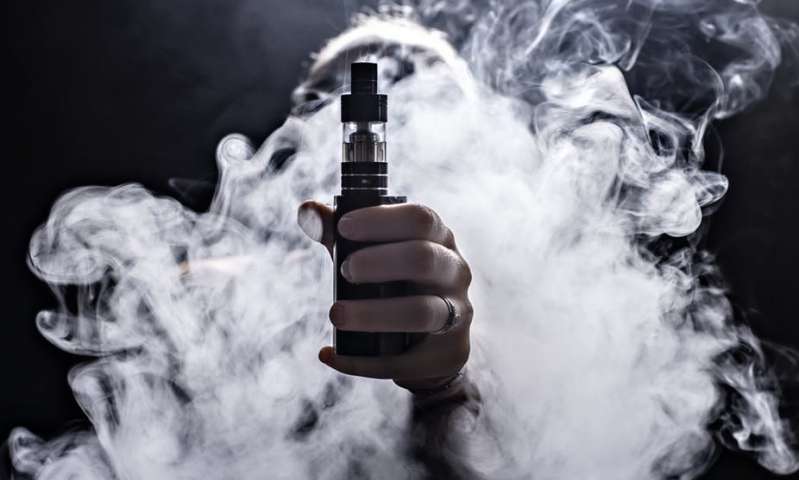In recent years, the use of electronic cigarettes, commonly known as Cake Disposables Vaps, has gained significant popularity among individuals seeking an alternative to traditional tobacco smoking. Vaping involves inhaling aerosolized substances produced by heating a liquid solution, often containing nicotine and flavorings, through a handheld device. Proponents of vaping assert that it offers several potential benefits over traditional smokin.
Including reduced exposure to harmful chemicals found in combustible tobacco products, fewer noxious odors, and increased convenience. Furthermore, vaping has been linked to helping some smokers transition away from traditional cigarettes, potentially aiding in smoking cessation efforts.of vaping to make informed decisions about its use and potential implications for public health.
However, as the popularity of vaping grows, concerns have emerged regarding its potential health risks, particularly among youth. The enticing flavors and sleek designs of vaping devices have attracted a new generation, raising worries about nicotine addiction and long-term health effects. Additionally, the lack of comprehensive regulation and oversight in the vaping industry has led to inconsistencies in product quality, with reports of contamination and misleading labeling.
In conclusion, the rise of vaping presents a nuanced landscape with both advantages and disadvantages. While it holds promise as a harm reduction tool for current smokers and has the potential to aid in smoking cessation, there are legitimate concerns about its appeal to young individuals and the lack of strict regulatory measures. As research continues to unfold, it is crucial for policymakers, public health experts, and individuals alike to carefully consider the pros and cons .
